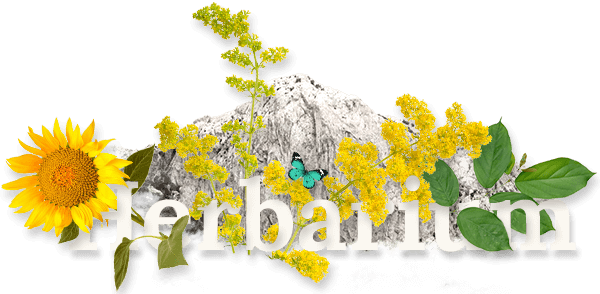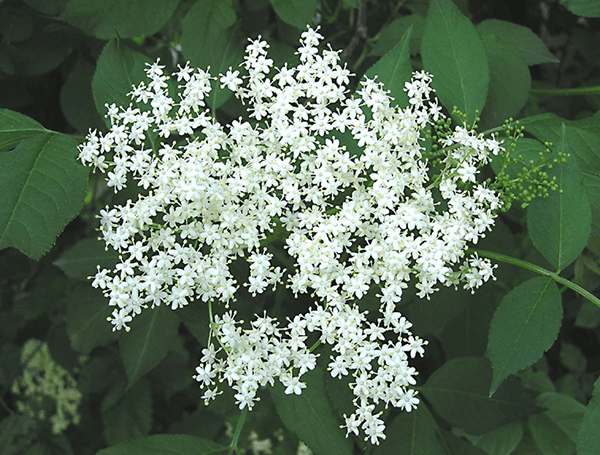Izradu internetske stranice sufinancirala je Europska unija u okviru operativnog programa Konkurentnost i kohezija iz Europskog fonda za regionalni razvoj.
saznajte više
Plant description:
Elderberry is a shrub or small tree, between 3-10 Meters (10 – 30 feet) high. The bark is light brown at the bottom of the trunk and / becoming gray-white higher up. The leaves are opposite, odd-pinnate, the leaflets ovate, acuminate, finely serrated, and dark green. White to yellow-white flowers which develop into the fruit, berries that turn from green through red-brown to shiny black.
Flowering time:
Flowering in June. fruit ripe in September.
Habitat:
Elderberries grow in the sunny open land, at the edges of forests or in very sparse forests. It can be found in the vicinity of the villages and at abandoned places.
Plant Parts Used:
Historically, the entire plant (leaves, bark, flowers, and berries) has been used medicinally. In today’s herbal medicine, it is primarily flowers and juice from the berries that are used.
Pharmaceutical use:
The flowers contain essential oil, flavonoids (kaempferol, quercetin), quercetin glycosides (rutin, hyperoside, isoquercitrin), triterpenes, sterols, chlorogenic acid, caffeic acid, tannins, pectin, sugars, and mucus. The fruits contain the glycosides, rutin, isoquercitrin, and hyperosid. They also contain the anthocyanin glycosides sambucyanin and chrysanthemin, tannins, traces of essential oil, fruit acids (citric, malic and tartaric acid), sugars, carotenoid and vitamin C. The leaves contain triterpenes (similar to those found in the flowers), cyanogenic glycosides including sambunigrin, flavonoids (kaempferol, quercetin), quercetin glycosides (rutin, hyperoside, isoquercitrin), fatty acids, alkanes, and tannins. There is an abundance of remedies associated with elder and few other plants have been so highly valued for its medicinal properties. Elderberry has been reported to have beneficial effects when used with antibiotics to treat the sinus infection. The elderflowers are classically used for colds, flu, and to reduce high fever, as they contain strong diaphoretic and cooling activity.
As a remedy for the common cold and sore throat, the elderberry flowers are often combined with yarrow (Achillea millefolium), peppermint (Mentha x piperita pipe) and hyssop (Hyssopus officinalis). The elderflowers are thought to strengthen kidney function and have a diuretic effect and are therefore used for kidney stones, rheumatism, arthritis, and gout. Many people suffering from rheumatic condition appreciate elderberry because it supposedly reduces pain. This herb is an effective detoxifier and is believed to help clear infections such as acne, boils, conjunctivitis and skin rashes. It is used as an herbal remedy for constipation. Elderberry is also commonly used in Europe as a mild laxative and diuretic, suggesting that elderberries may also benefit kidney health. For high cholesterol sufferers, an early study reports that elderberry juice may decrease serum cholesterol concentrations and increase low-density lipoprotein also known as “bad cholesterol”.
Cautions:
Please be aware that herbs, although natural can interact with certain medications, and that they may be ill advised to use under certain health conditions. Please consult a qualified health practitioner for cautions pertinent to you.
No therapeutic claim is made or intended for AZENA products. Information is for educational purposes only.





